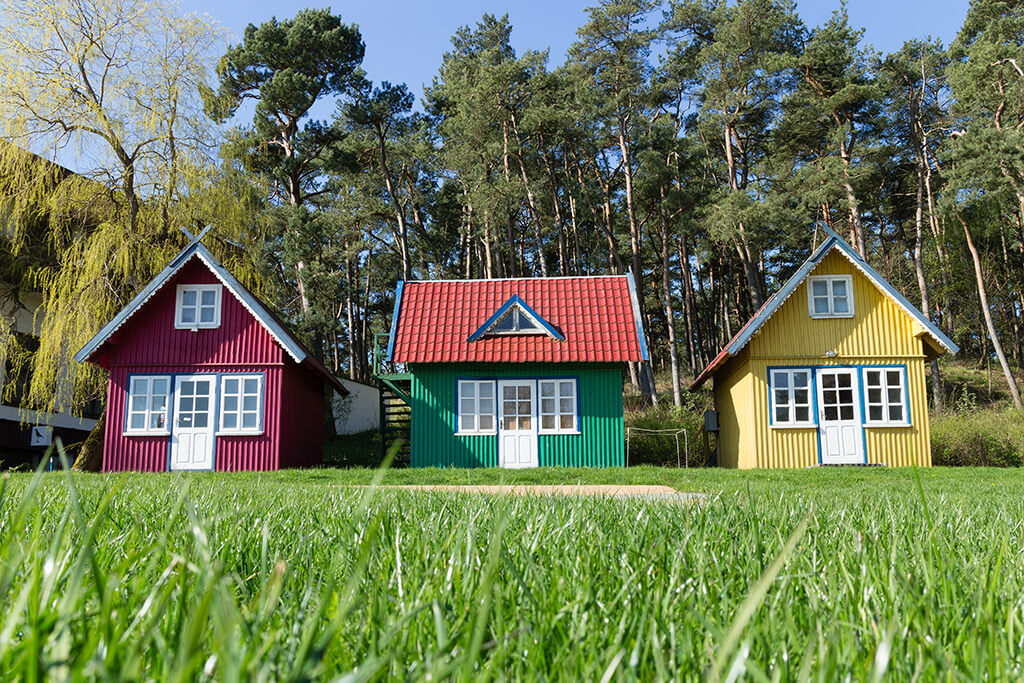What is the Tiny House Movement?
February 1, 2017
An architectural and social movement, tiny houses promote the idea of living a simple life in a smaller home. House sizes exploded over the course of the 20th century. In the United States the average house grew from 983 square feet in 1950, to 1,780 square feet in 1978, to 2,662 square feet in 2013. Larger houses are more expensive, use more materials, and are harsher on the environment.
Although houses got bigger, growing more than 2.5 times between 1950 and 2013, the size of the average American family actually dropped from 3.37 people to 2.55 over the same time span. Most families only use a fraction of the space in their homes. So why are homes getting bigger? There are many theories. Some people blame pride and prestige – bigger houses to fuel bigger egos and to keep up with our neighbours. Whatever the reason, the tiny house movement is fighting back against inflating house sizes, and the high financial and environmental costs they exact.
Thinking of investing in a tiny house?
Downsizing to a tiny house is a major commitment, and a huge change in lifestyle. You’ll have a number of other factors to consider, like:
- Where will you live? You’ll need to make sure that the area that you are interested in living in allows tiny houses. Some municipalities explicitly ban tiny homes, or homes under a certain size – so do your research. Other places do not allow permanent living in an RV (which tiny homes are sometimes considered).
- Will you lay down roots or go nomadic? To build a non-mobile home you will have to purchase land and meet all building codes. A non-mobile home will also have to meet standards for RVs in order to tow or set up camp at an RV park.
- What are your goals? Are you looking for a cheaper way to live, or just trying to reduce your carbon footprint? In either case there may be other solutions.
Should you buy or build a tiny home?
Tiny homes are for sale across North America, but they can run into the tens of thousands of dollars. If you are looking to save money, then buying your own home may not be the best option. On the other hand, these tiny homes are built by experts so they may be more safe, sturdy, well planned and comfortable than building your own.
Building your own tiny home can be done at cost – you can expect to pay as much (or little) as the materials you choose. There are plans and even kits that you can purchase online, but if you are an amateur it may be a good idea to bite the bullet and pay for someone else to do the hard work.
Fusion Stone in your tiny home
Whether you are building your own tiny home, building them for other people, or renovating a prefabricated home you need to use materials that are light, sturdy, beautiful (you have to live there after all), and environmentally friendly.
Fusion Stone is made of the maximum amount of recyclable materials possible without sacrificing strength or style. Plus, it gives you the insulation, strength and look of stone, at a fraction of the weight. Most importantly it is simple to install and affordable – a perfect building material for anyone considering a tiny home!



